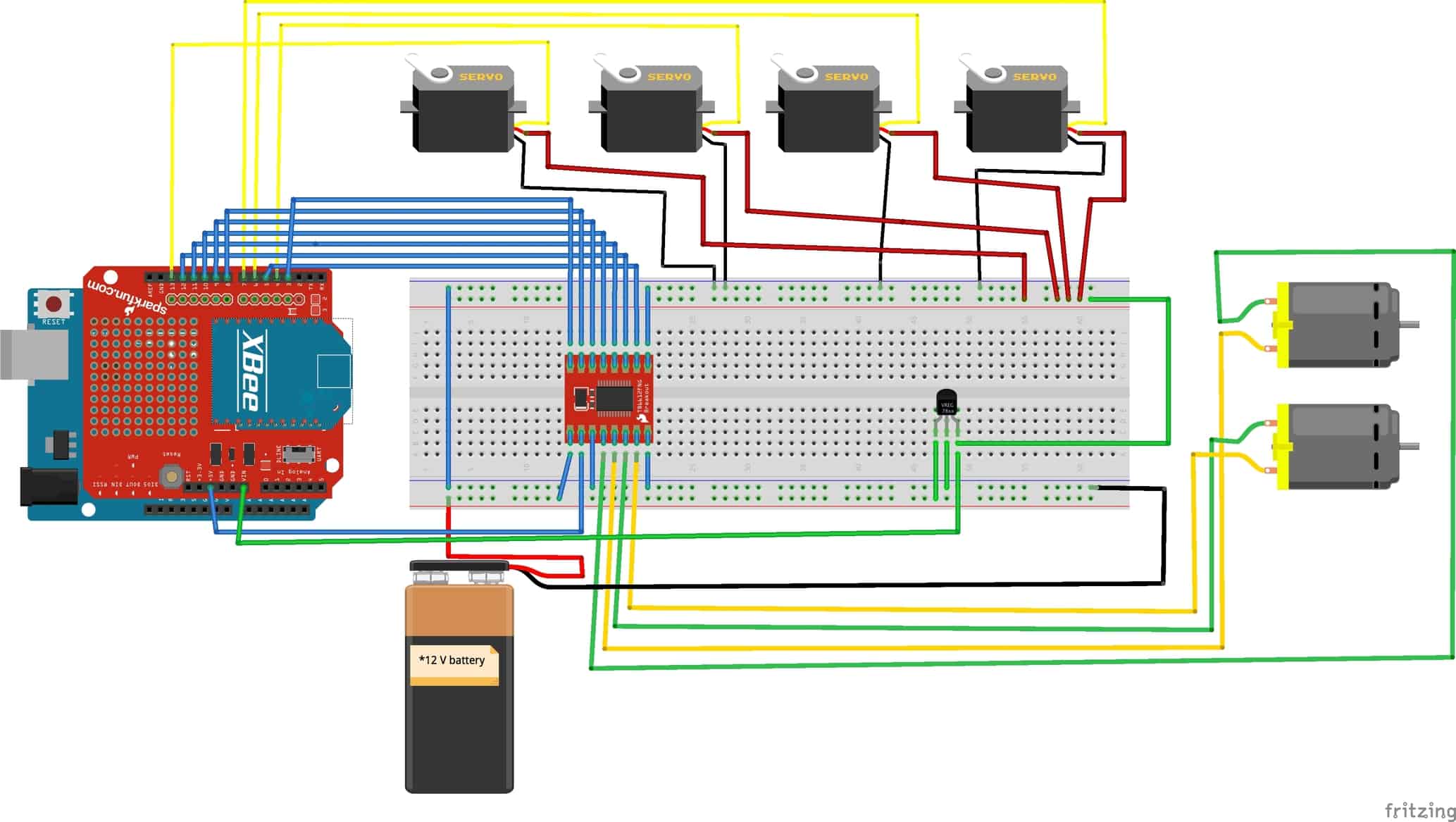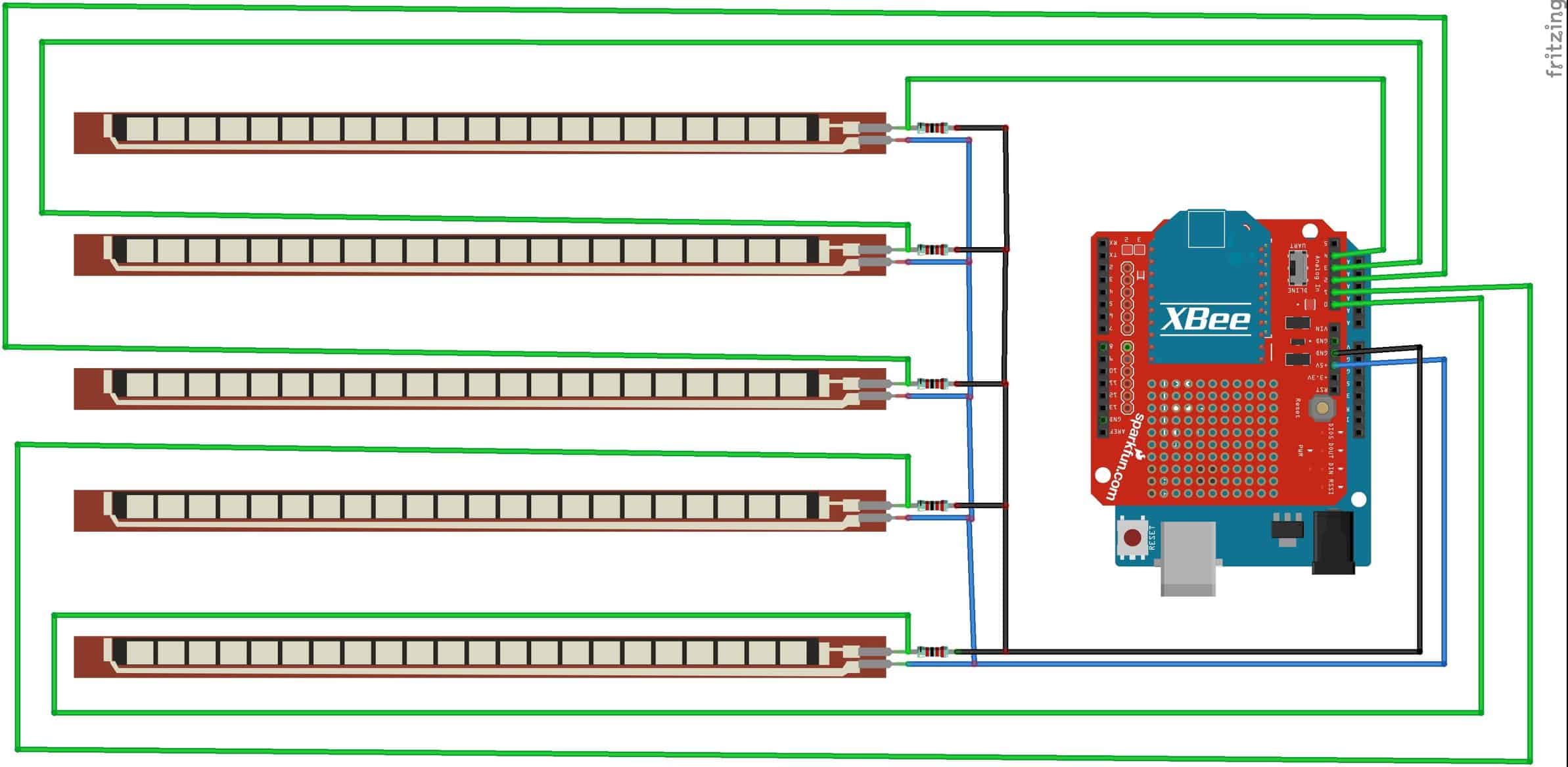David A.
Hi! My name is David and I am a rising junior at Ramaz Upper School. For my starter project, I chose to make a voice changer. For my intensive project, I decided to make a car with a robotic claw attached to it which I can control with gestures I make with my hand. I chose this project because I wanted to really challenge myself in a variety of fields of engineering, including computer science, mechanical engineering, and electrical engineering.
Bluestamp really solidified my plan to go into electronics, as it really showed me how much I enjoy this field. I do not need to waste any time now- I know where I’m heading, and what my passion is. Until now, although I knew I wanted to go into a job involving math and science, I wasn’t sure whether it would be engineering, business, research, etc. Thanks to Bluestamp, I now know I want to go into technology, including all the engineering fields mentioned above. Furthermore, Bluestamp taught me how to be independent- although the nstructors helped out, they kept the help to a bare minimum. There were times where I felt stressed and annoyed, and I had to work at my problems and solve them, until it eventually paid off. I now feel like I can do anything by myself, as long as I put my mind to it.
Engineer
David A.
Area of Interest
Electrical Engineering
School
Ramaz Upper School
Grade
Rising Junior
Final Project
Documentation


All my code can be viewed at https://github.com/adlerd2001/gesture_controlled_robot_code. This includes the code for my glove as well as the code for my robot.



